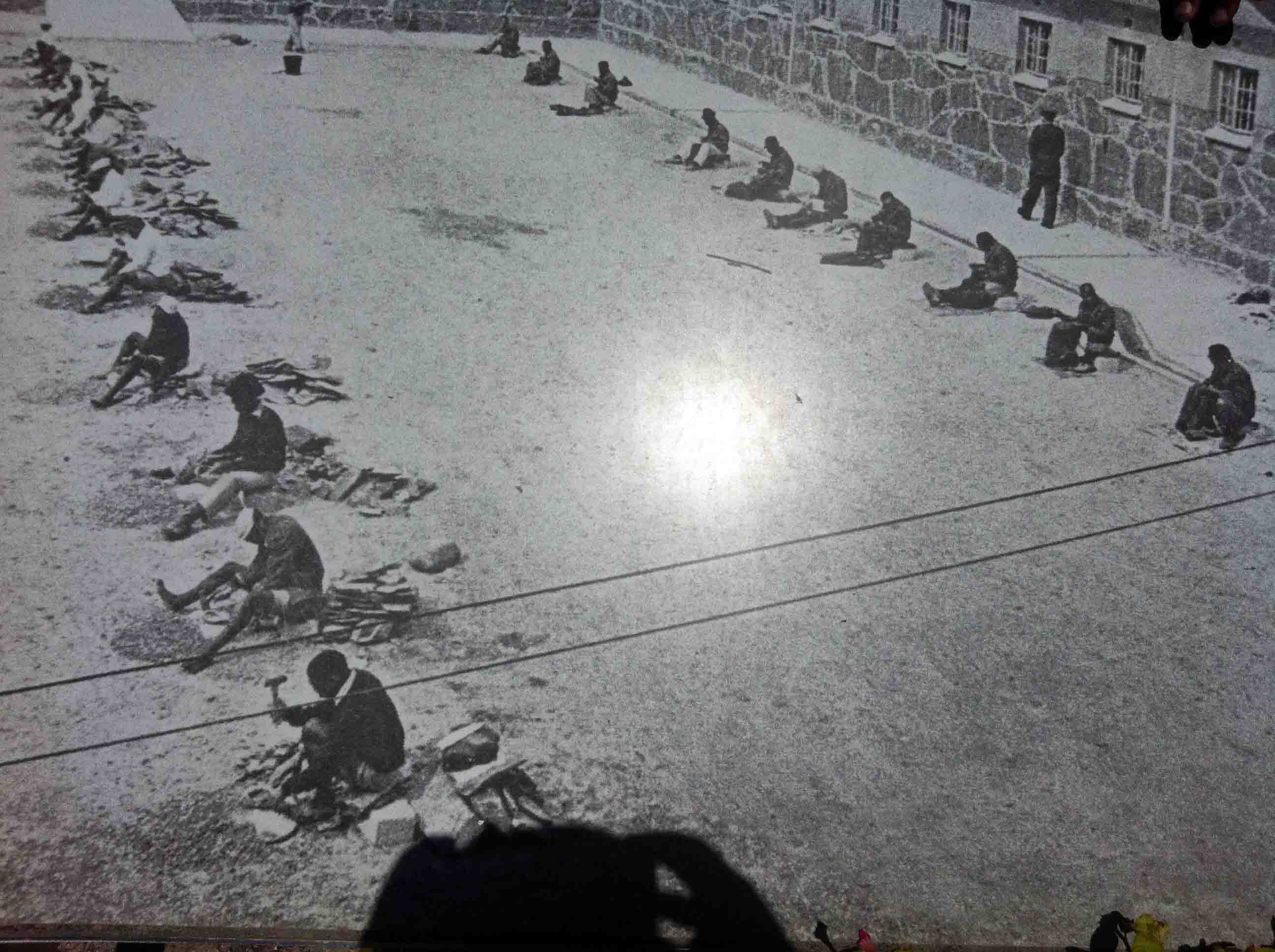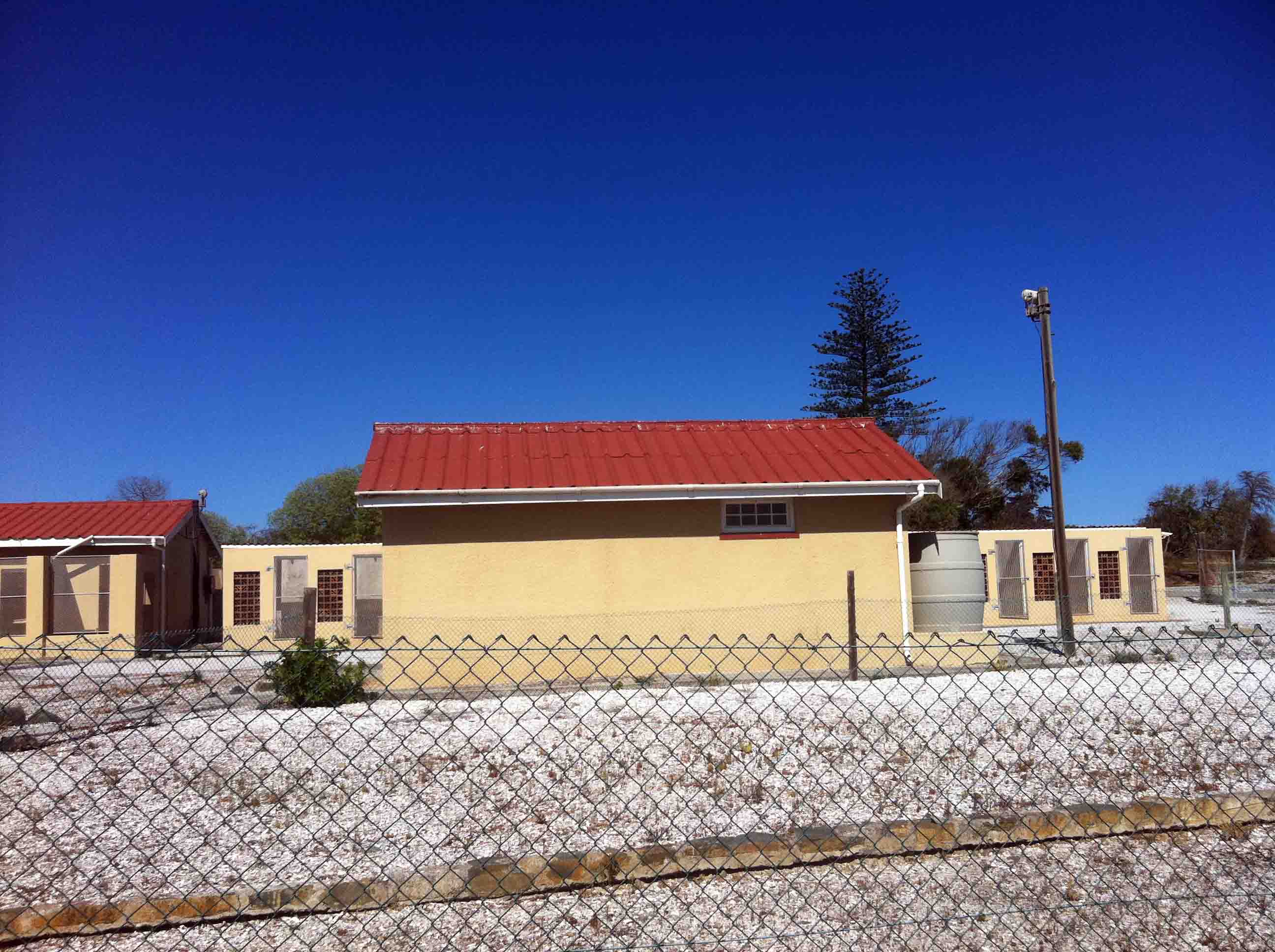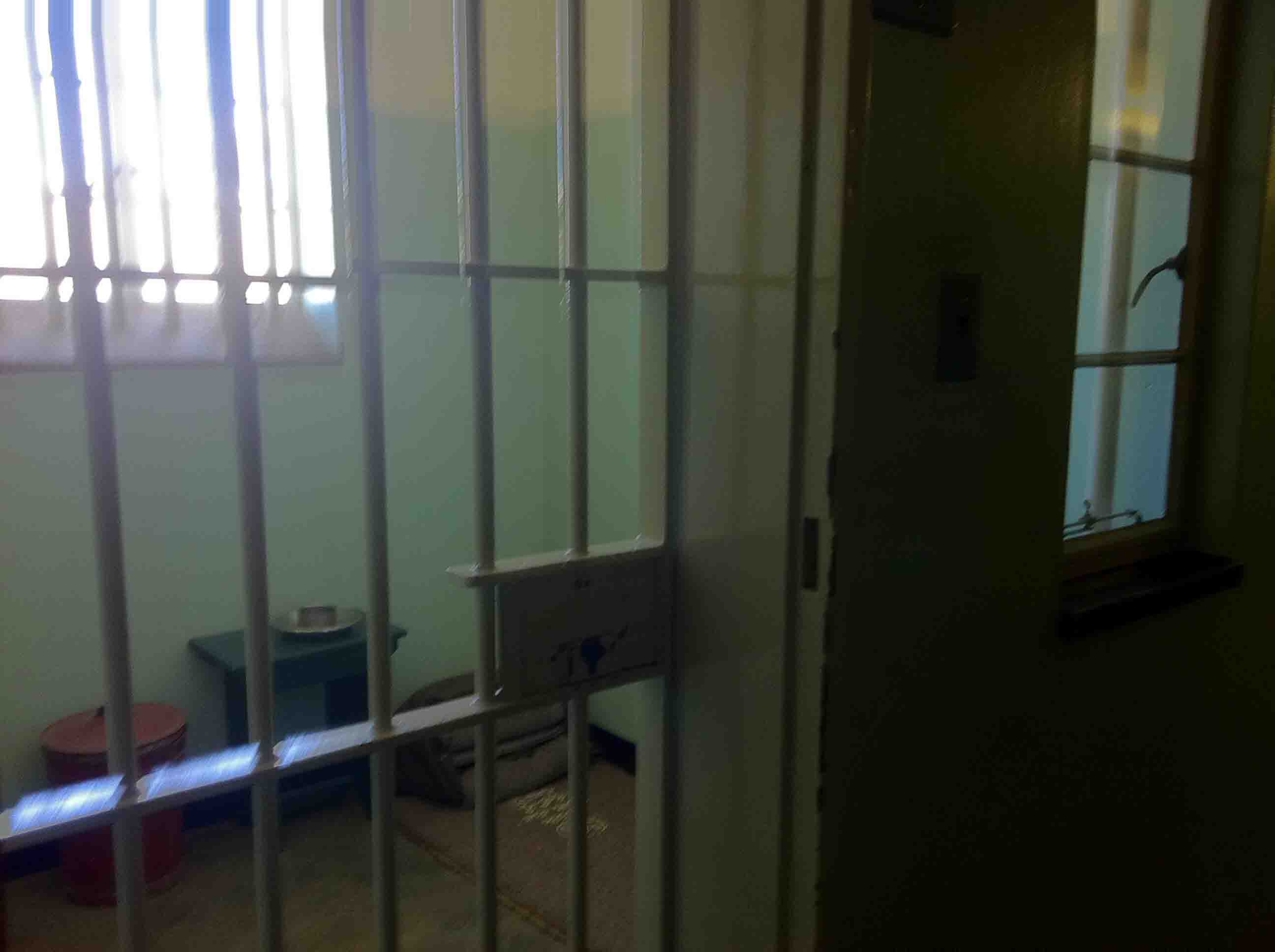Visiting Robben Island off the Coast of Cape Town, S.A
Was lucky enough to spend some time visiting Robben Island off the coast of South Africa today. It offers beautiful views of Cape Town’s neighborhoods along the coast and has a very interesting history. To get there you’ll take a ferry from Cape Town and the ride is roughly 20 minutes to cover the 6.9km. The name is Dutch for “sea island” and is oval in shape 3.3km long by 1.9 wide. Once you arrive you’ll get on board a bus for a guided tour and find out the long and not always pleasant history of the place. The photo above is the view of Cape Town from the island.

Robben Island is probably best known for the fact that it is where Nelson Mandela spent some of his time and where Robert Sobukwe was kept in solitary confinement. The history goes further back then that though and we were fortunate enough to have a most gregarious and informative guide who was part of the PAC which is the organization that Robert Sobukwe started and is considered the “spark that began the revolution”… He had also met Mandela several times and guided President Obama when he visited here a few years before he became president.

Robben Island is best known as the island used to house political prisoners. It was first used as a prison by the Dutch and inmates charged with political crimes from all their former colonies spent time there. People from as far as Sri Lanka and Indonesia were sent here, most dying along the way. There was also a time when it was used as a leper colony and a war base to defend Cape Town during World War II. They built several canons but none of them ever fired, in fact some of them were not completed until 1947, yes the war was already over. Still best case scenario, yes?

The photo below is of the solitary confinement cell that housed Robert Sobukwe. He was considered such a threat to the government behind apartheid that he was kept in solitary confinement for years. He went so long without talking that when he finally did, parts of his vocal chords were damaged. It’s a sad tale and now it’s surrounded by dog kennels. March 21st, 1960 is the day Mr. Sobukwe was locked up, sadly he died in captivity in 1976. The man that sparked the revolution gave his life and is forever remembered through the national holiday in his honor named Human Rights Day on the date of his incarceration.

During the tour they bring you to the lime stone quarry where prisoners were forced to slave labor like conditions. The limestone is so bright that many prisoners suffered a fate similar to snow blindness. To this day, it is forbidden to take a photo of Nelson Mandela with a flash as part of his eyes are ruined from his time there. This is where Nelson Mandela urged his supporters to not fight the guards but work with them as they too were victims of the unjust system of apartheid. Many of the prisoners used to study, both prisoners and guards alike left Robben Island with several degrees. When prisoners returned in 1995, they built a spontaneous memorial in the quarry in the form of a pile of rocks that still remain today.

Later we were brought to the prison that housed Nelson Mandela for the first 18 of 27 years in confinement. It is his time here where his reputation began to grow as the leader of the black activist movement. Political prisoners received the harshest of treatment and were considered “D Class” prisoners aka the lowest of the low. They were allowed no more than one visitor and one letter every six months. The conditions were harsh to say the least. Below is a photo of Nelson Mandela’s cell while on the island.

June 1990 began to see the start of political prisoners being released. The last of them left the island in May of 1991. Robben Island still housed common prisoners until 1996 and is now classified as a UNESCO World Heritage Site. If you’re in Cape Town, highly recommend you visit. It’s somewhere that makes you think and looking at the conditions these gentlemen were held in gives you a better idea of the struggle. If you’re in Johannesburg before Capetown, be sure to visit the Apartheid Museum, having been to both the sites has given me a considerably better idea of what life used to be like in South Africa.

Tips hat,



